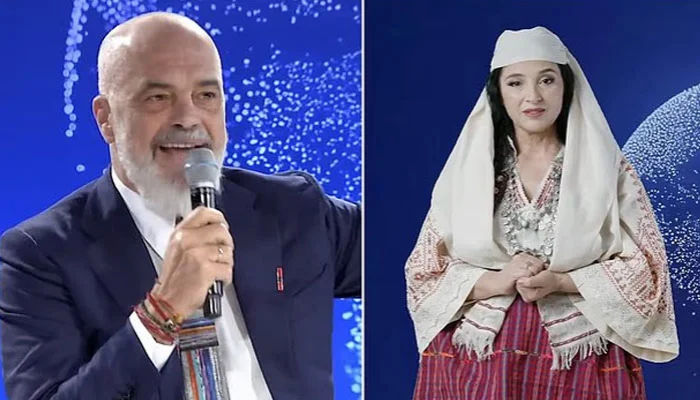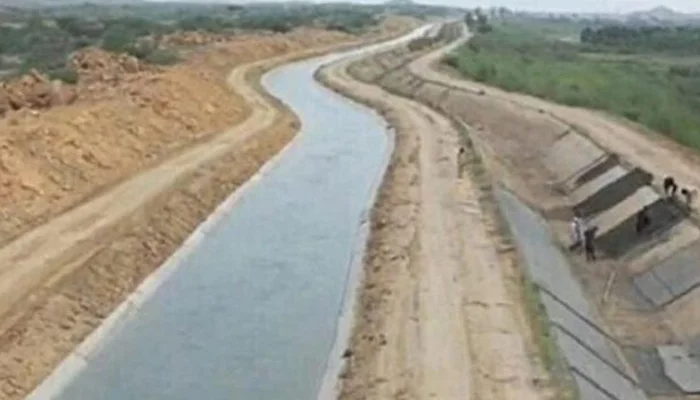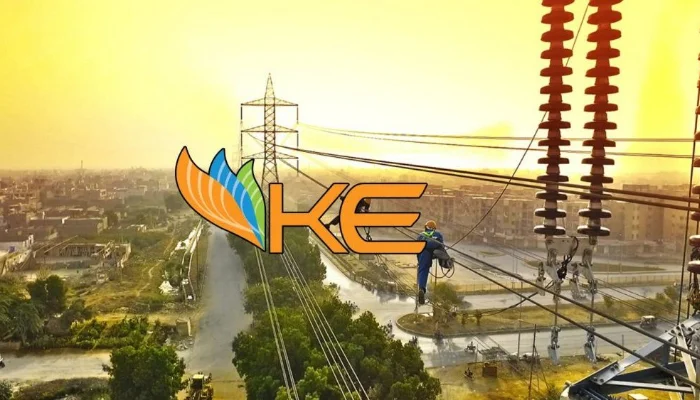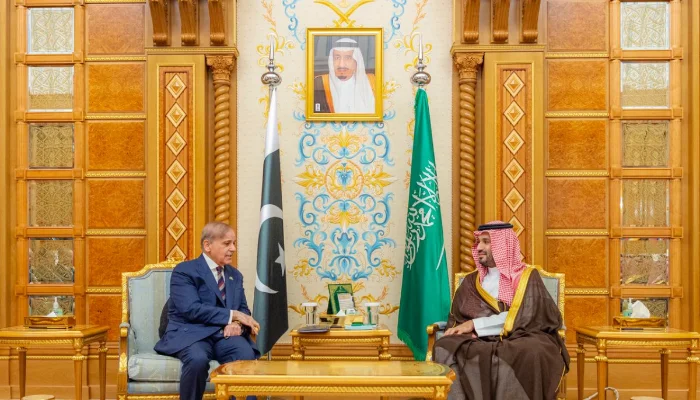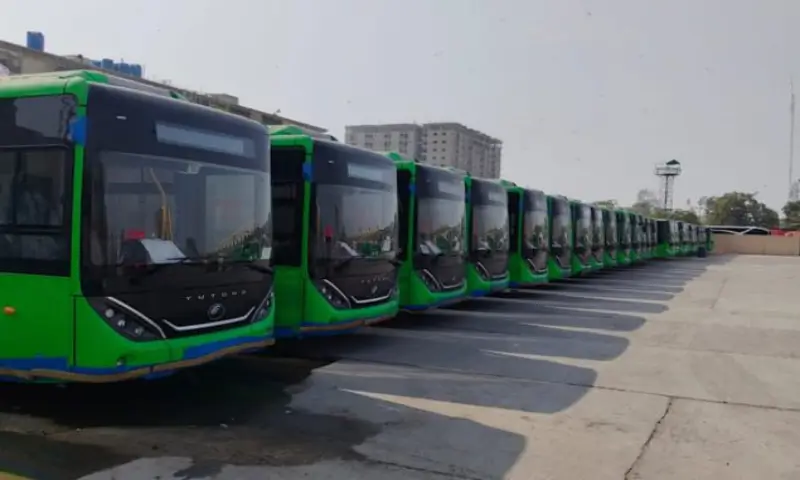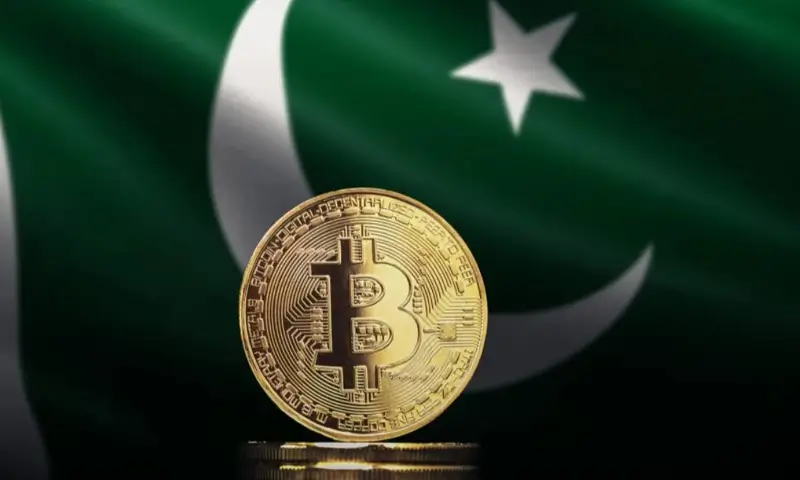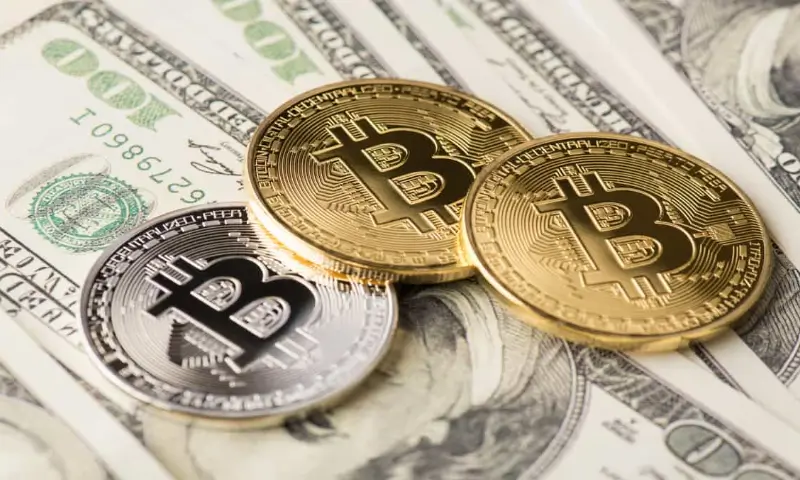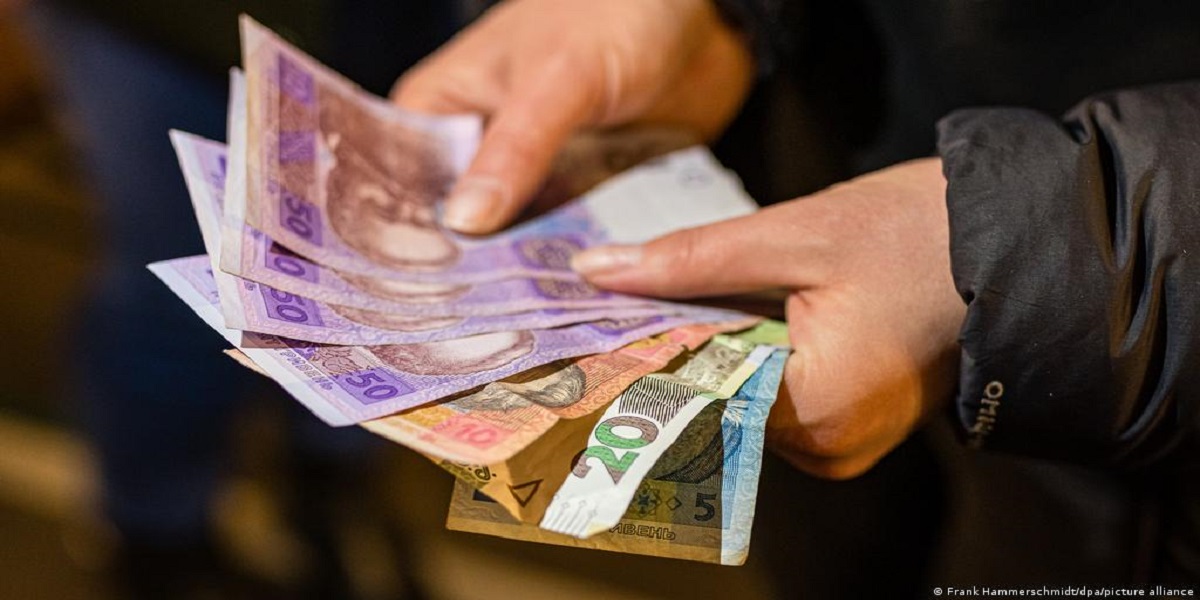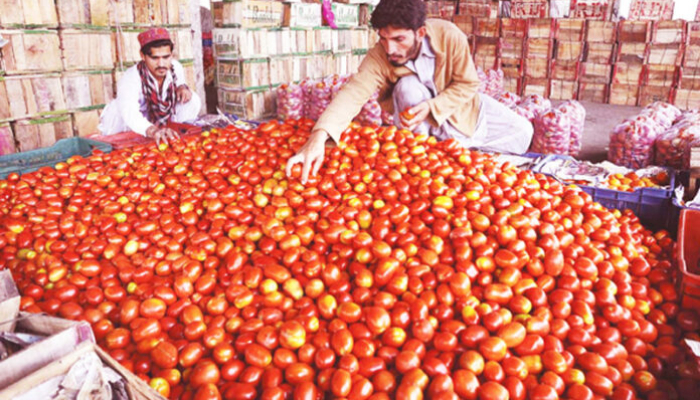KARACHI: Pakistan is currently on the brink of economic collapse with depleting foreign currency reserves, rising inflation, free-fall in the exchange rate in free-fall and irrationally high interest rates.
The All Pakistan Textile Mills Association (Aptma) in a report said that it is pushing for all leaders and policymakers to develop a consensus on how to navigate from this situation of extreme distress and pull the economy out of this downward spiral.
The Aptma recommended for bringing stability in the political front. “A lack of political stability is a serious impediment to economic progress. Not only does it shorten policymakers’ horizons leading to suboptimal short term macroeconomic policies, but it is also the cause of frequent policy U-turns and leads to non-completion of ongoing projects,” it said.
Stability and consistent policy implementation are crucial for economic growth and for the export sector to thrive and contribute dollar earnings to stabilise the balance of payments for a sustainable economic outlook, it added.
The exchange rate is a major cause for concern. Its instability has significant negative relationship with the sectorial exports of Pakistan such as textile.
“Pakistan has been under the grip of debilitating exchange rate for quite some time now. The value of one dollar reached its highest point ever on July 27, 2022 when it hovered at around Rs237/dollar.
In the long run, the depreciation of the rupee is worst for exporters especially textile exporters because it raises input costs, making exports less competitive.
“It is time to abandon the widespread misconception that exporters welcome rupee depreciation. The State Bank of Pakistan (SBP) and the government should concentrate on achieving an exchange rate that is competitive in the market and achieves actual exchange parity,” the report said.
The dollars earned through exports are the most sustainable with the added benefit of no compulsion to return them, no interest, and the cheapest with only 4 per cent cost. Hence, focusing upon dollars generated through exports are far better option than bonds.
The need for a long-term policy featuring lower interest rates cannot be underestimated, and its implications for a brighter economic future which generates foreign currency, jobs and international recognition cannot be denied.
“We need more investments in Pakistan, alongside holistic policy reforms that lend confidence to investors and the markets. This need cannot be met with an interest rate of 15 per cent,” the Aptma report noted.
“Roadblocks to entrepreneurship and innovation need to be mitigated so that we can empower our youth and our disenfranchised talent to bring about a grassroots level economic revolution. We must rid our policymaking of the economic formula whereby interest rates are raised in order to stabilise the economy, as this can only be effective in certain highly developed economies,” it added.
According to Aptma, the best mechanism is through supply-side interventions, bringing more individuals into the economy and increasing the labour supply – for which entrepreneurship and financial inclusion is critical.
The current account deficit increased 517 per cent in the fiscal year 2022, compared with the fiscal year 2021. To counter the dangers of our mounting debt, the government needs to reduce the import bill by at least $5 billion, especially energy’s, through ensuring energy efficiency.
Shockingly, petroleum imports increased 50 per cent in June 2022 in volume terms. Pakistan imported petroleum products worth $24 billion last year. Gas needs to be used for productive purposes only. At present gas is being supplied to ceramics, steel and glass also.
The government should declare an energy emergency and introduce measures such as aggressive conservation – cuts import bills by more than 25 per cent which will save $6 billion.
Implement both price and administrative measures to curtail consumption, curtail domestic gas supply to reduce consumption and waste by 18 per cent UFG, single point energy supply to domestic gas and fast track calibration of cooking burners to save 200mmcfd of gas.
Additionally, there is a need to improve documentation and inclusion of unbanked persons, reduce external pressure ‘hawala’ from $10 to $5 billion by documentation as hawala can survive on undocumented sector only; introduce scheme whereby the SBP opens up bank accounts for those currently having no account with a pre-approved overdraft facility of Rs10,000 that can be used as seed money for entrepreneurship.
“We must take steps to add value in our exports and thereby improve global perceptions of Pakistan. This would require an environment that facilitates exporting industries to focus on quality improvement through new processes, thereby developing new products and entering fresh markets,” the report said.
The leaders must prioritise export-led economic growth. Enhanced exports enable the inflow of foreign currency to finance imports, service debt, stabilise exchange rates and to overcome the persistent problem of the balance of payment deficit.
The textile sector has performed exceptionally well in the last two years. Textile exports have increased 43 per cent in the fiscal year 2022, compared with the fiscal year 2018.
The industry has invested $5 billion over the past few years in new plant and machinery and upgradation. Further expansion and increase in exports are limited by the inconsistent availability of energy at the regionally competitive energy tariffs.
[embedpost slug=”rupee-falls-for-second-consecutive-session/”]


